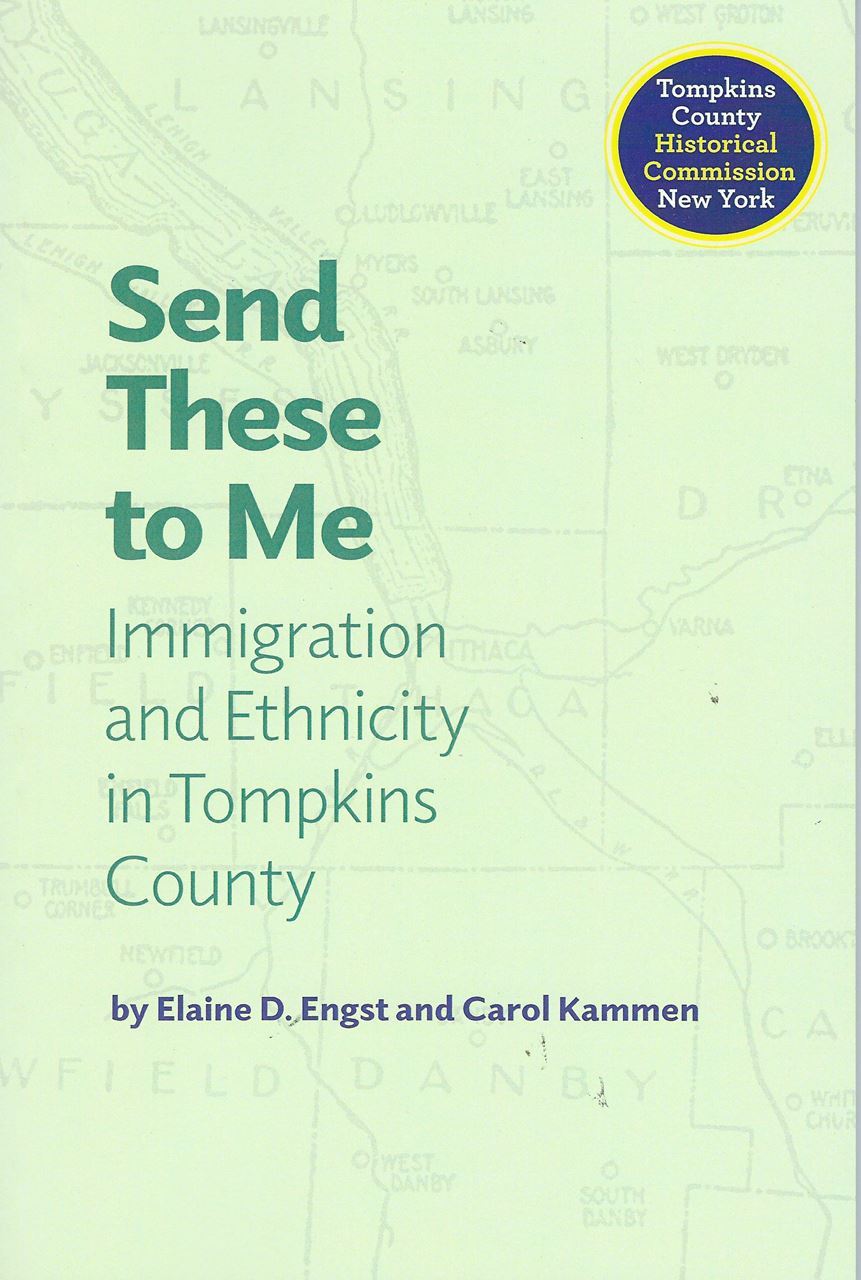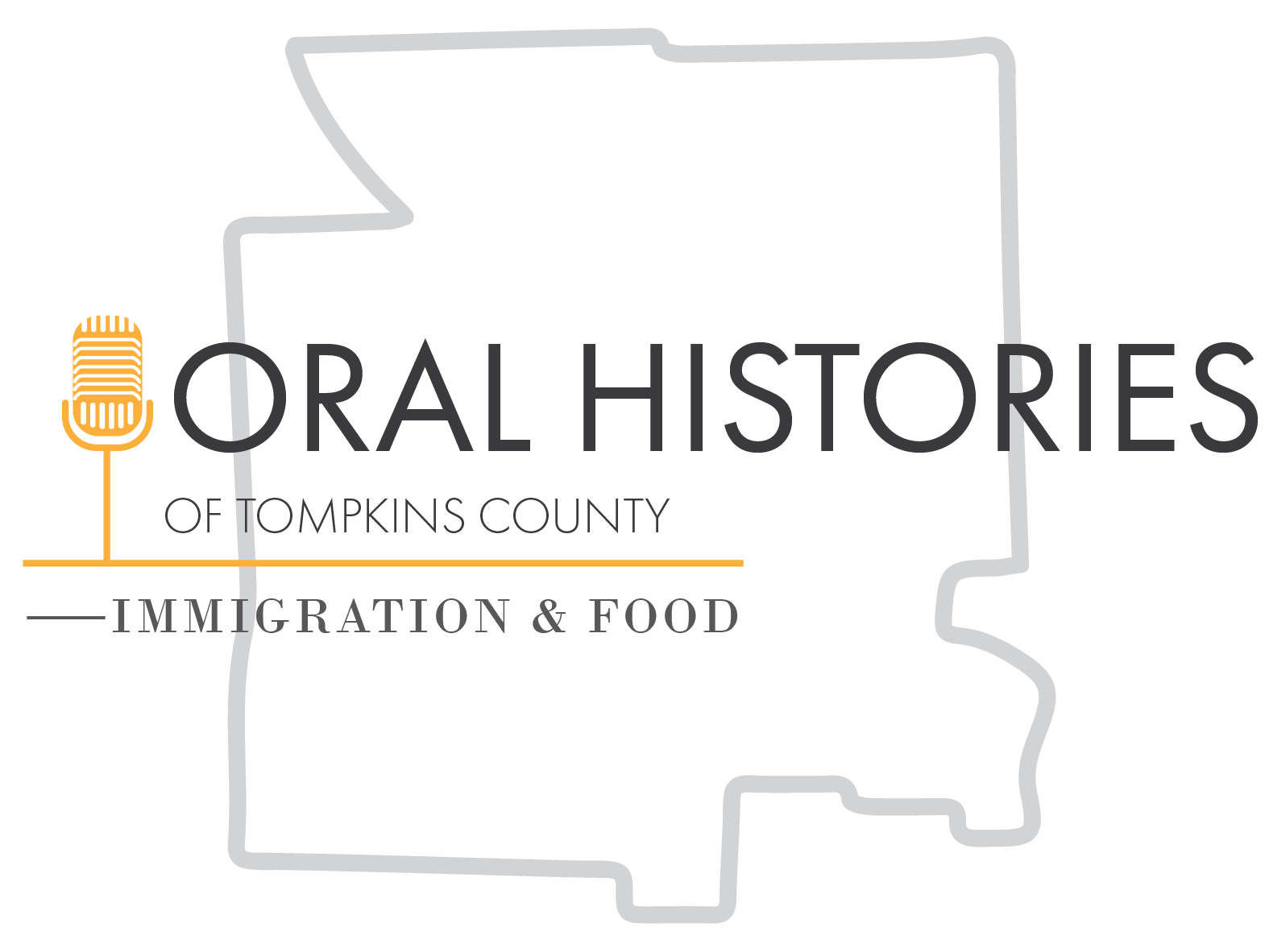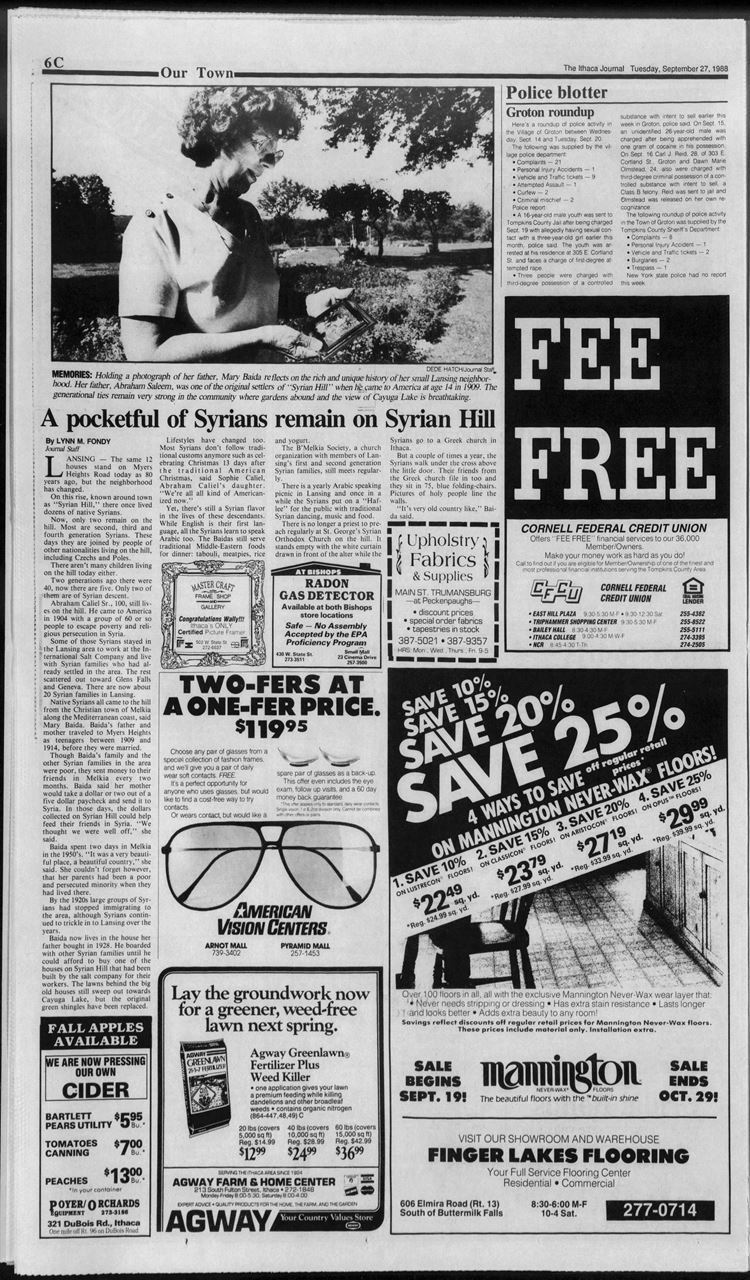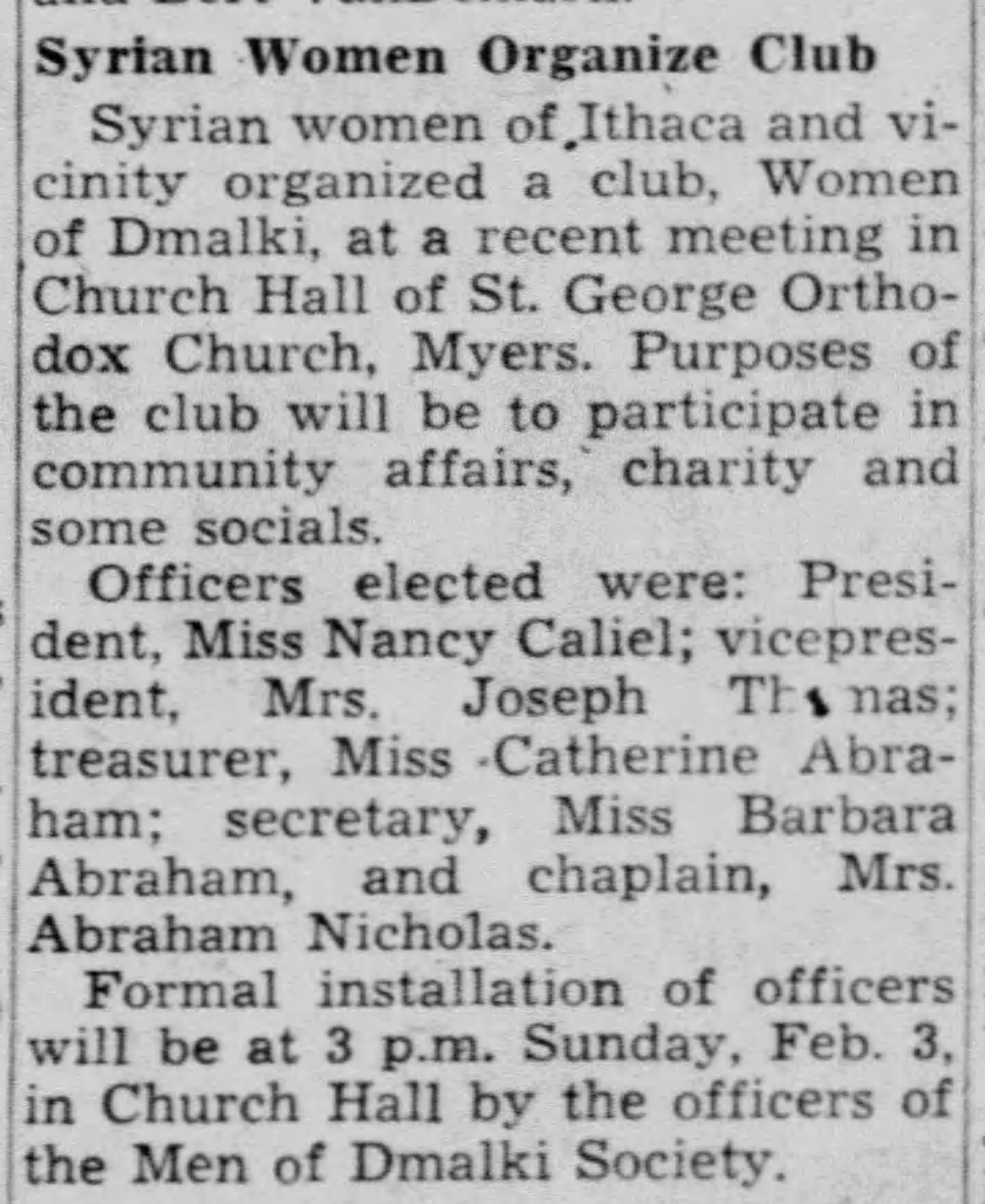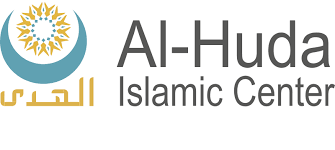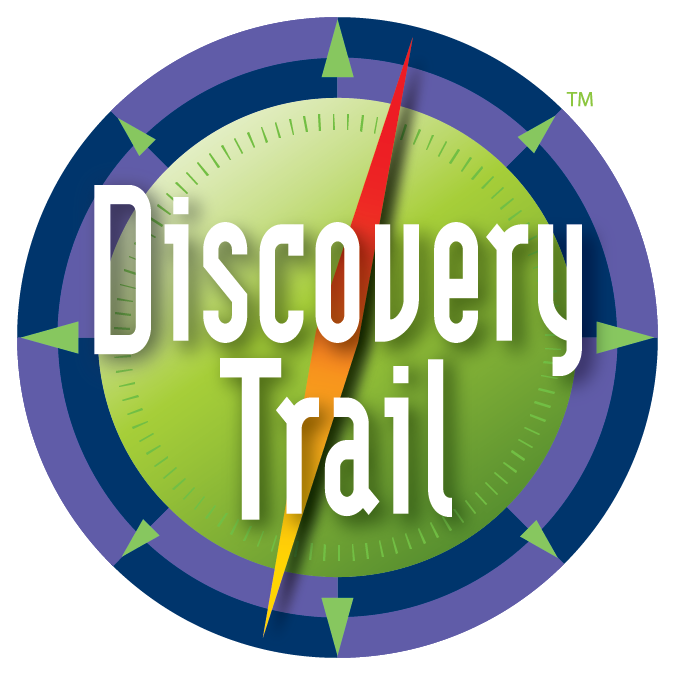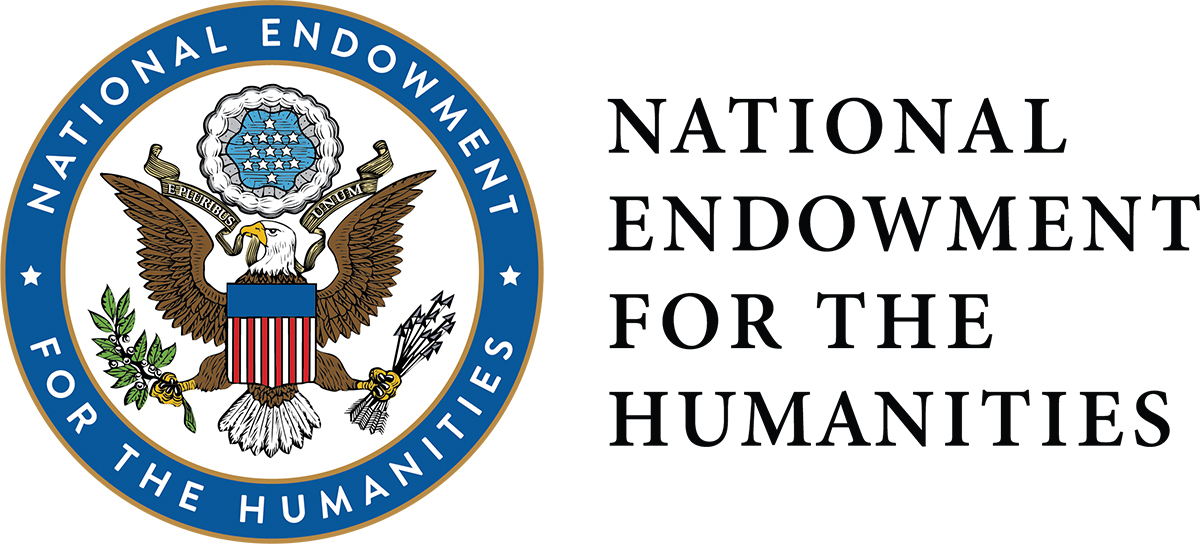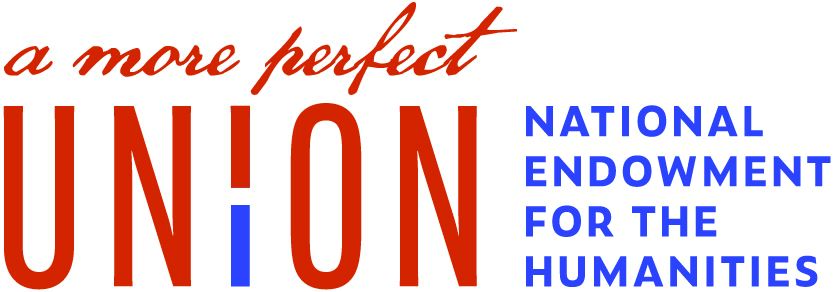- Home
- Arab-American Heritage Month
ARAB-AMERICAN HERITAGE MONTH
APRIL
Of the nine townships in Tompkins County, the City of Ithaca historically and currently has the highest population of immigrants and second or third generation residents with ancestors from Arabic countries. The majority of the local Arab community had historic ties to Syria, a handful from Palestine, and Turkey during the 20th century. Dozens of Christian Syrians settled in Lansing, establishing the Saint George Orthodox Church in 1924. In the twentieth century the Ottoman province of Greater Syria that consists of today’s Syria, Lebanon, Jordan, and Palestine, was experiencing religious tensions between Arab Muslims and Christians. In seeking a better life, many Maronite Christians emigrated from the area and found a place in New York City. Migrants from this area were categorized as Syrian and white beginning in the 1900 census with the creation of the Syrian category. It is important to note that it is unclear whether the individuals categorized in this way on the census would have self-categorized as Arab, as the majority were Christian. In line with this immigration wave in the early 1900s, the first record of Arab Americans in Tompkins County was a group of young Maronite Syrians from Damascus that first appeared in the 1900 census. The first to arrive was Abraham Caliel, who was then followed by brothers and other Syrians who had been working in Pennsylvania coal mines. This group went to work for the International Salt Mine, a company that provided them with housing and led to the development of their community. From the 1900 census for Ithaca, only one woman from Syria arrived with the first group, her name was Mary Isaac. In the 21st century immigration from Arab countries to Tompkins County grew through the families of professors and students at Cornell University and Ithaca College. Religious services for Muslims began at Cornell in 1965. There was a later increase in immigration from Arabic countries in the 2010s as Ithaca became known as a 'Welcoming City' and hub for refugees including newly arrived residents for Afghanistan, Iran, Iraq, and Syria among others. A 2021 Ithaca Voice article reported about 50 Muslim families who regularly attended services leading to the opening of the al-Huda Islamic Center of the Finger Lakes in 2021. The Arab American community in Tompkins County is strengthened by the students and professors at Cornell University and Ithaca College. Cornell's Middle Eastern & Mediterranean Music Ensemble (CMEME) have introduced Tompkins County residents to traditional instruments, music styles, and dances of Arabic cultures since the early 2000s through local performances, workshops, and collaborations. National Arab American Heritage Month (NAAHM) was founded by Arab America and the Arab America Foundation in 2017. April was selected as it marks the beginning of the Spring season; symbolizing hope, growth, color, and new beginnings. In 2022 Congress, the U.S. Department of State, and 45 state governors issued proclamations commemorating the initiative. The Arab world today comprises of 22 countries. The majority of Arabs are united by a common language (with different dialects) and a shared identity in Arab history and similar customs. |
'Portals to Peace' - designed by Lachlan Chambliss and painted in 2016-2017 on the Green Street Garage (120 E. Green St.). Ithaca's first mural honoring Muslim culture. Notes on Arab identity and terminology:
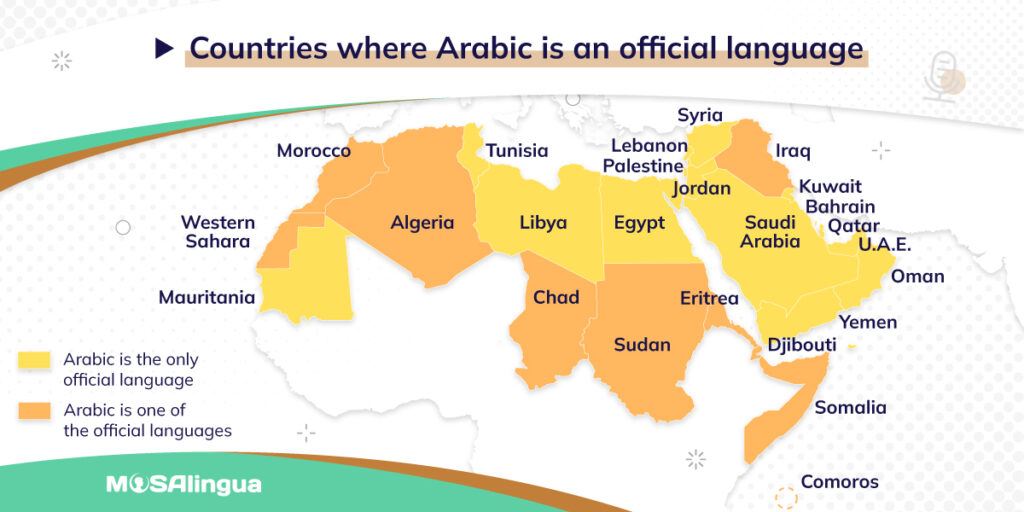 'Send These to Me: Immigration & Ethnicity in Tompkins County' For related sections:
|
'Ithacans Help 'Quake Victims of Palestine' - Ithaca Journal article published August 4th 1927. See Ithaca Journal archives for full article. | 'Portals to Peace', Ithaca's first mural honoring Muslim culture was designed and painted by Lachlan Chambliss in 2016 in the Green Street Parking Garage at 120 E. Green Street. A project of Ithaca Murals. |
The History Center is actively seeking more histories of Arab-Americans in Tompkins County. Please connect with us to build our archives and preserve these stories.
EDUCATOR MATERIALS GENERAL INTRODUCTIONS TO ARABIC CULTURE
NEW YORK HISTORY & CONNECTIONS
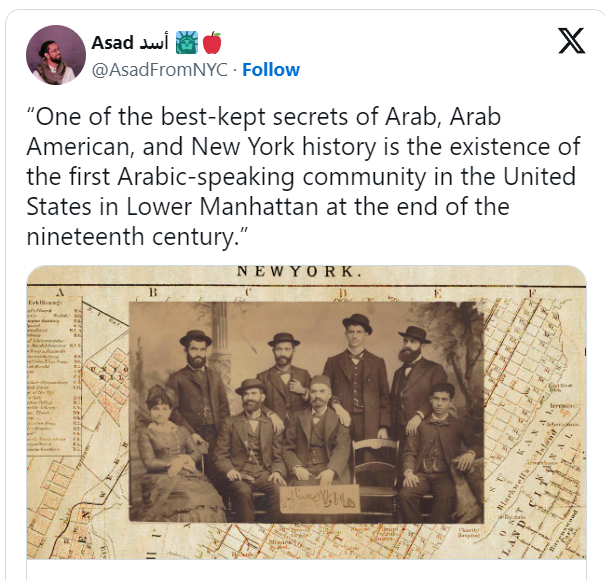 |
FROM OUR COLLECTIONS
|
ARAB RESIDENTS OF ITHACA IN THE TWENTIETH CENTURY
HistoryForge is an innovative digital history project combining maps, archival records, and census data that allows any community to explore its local history through the individuals who lived there and the buildings and neighborhoods they lived in. Tompkins County HistoryForge includes over 100,000+ digitized census records of county residents from 1880-1950, and is in the process of adding tens of thousands of building records to the database. By searching the database using the "Mother Tongue," "Place of Birth," and "Foreign Born" filters on different census years, you can learn about Arabic residents* living in Tompkins County between 1880-1950. *Please note due to the geo-political complexities of Arabic identity from the 19th to 21st century further research behind census records will be needed to confirm if residents culturally or self-identified as Arab. | Each red dot highlights a house in Ithaca that was home to residents who spoke Syrian and had been born in Turkey (Türkiye) per records of the 1910 census. Please note that in the present day the Republic of Türkiye is not considered an Arab country, however in 1910 the region was still a part of the Ottoman Empire which included Turks, Arabs, Kurds, Greeks, Armenians and other ethnic minorities. |
SYRIAN FAMILIES IN TOMPKINS COUNTY
The Abbotts were a family of Syrian immigrants that found roots in the Finger Lakes region. The first appeared in the Tompkins County census in 1900, having immigrated only a few years prior. The Abbotts were listed as day laborers, peddlers, and storekeepers in the City of Ithaca census records. Abraham and Solomon were known as the Abbott Brothers, selling dry goods and shoes. The Abbott brothers boarded with other Syrian immigrants who were working presumably at the Salt Mines.
---------------
The Young Melkie Society was founded in 1917 by Syrian immigrants to organize the community in Myers as well as send support back to their families in Syria. Throughout the beginning of the 1920s, the group urged the International Salt Company to build a church for their community. In 1924, the Saint George Orthodox Church was finished, serving the religious needs of the Syrians. The church resides on what some call “Syrian Hill” (Myers Heights Rd) overlooking the lake. Attendance dwindled as the Salt Company was closed in the 1970s and many left the area in search of other employment opportunities, but in 2012 the church was renovated and reopened for those remaining on “Syrian Hill”.
------------------
THE IMPACT OF ARAB PROFESSORS AT CORNELL & IN ITHACA
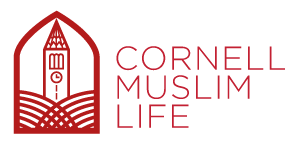 Throughout the years, the Cornell community has created various clubs for Arab students, with the intent to provide support to the Arabic community in Ithaca and Tompkins County overall. Some of these clubs include the Cornell Muslim Association, Cornell Arab Club, and the Muslim Educational Cultural Association. These clubs have brought in speakers, hosted fundraisers and drives, and connected with other clubs on the campus to share Arabic culture.
Throughout the years, the Cornell community has created various clubs for Arab students, with the intent to provide support to the Arabic community in Ithaca and Tompkins County overall. Some of these clubs include the Cornell Muslim Association, Cornell Arab Club, and the Muslim Educational Cultural Association. These clubs have brought in speakers, hosted fundraisers and drives, and connected with other clubs on the campus to share Arabic culture.
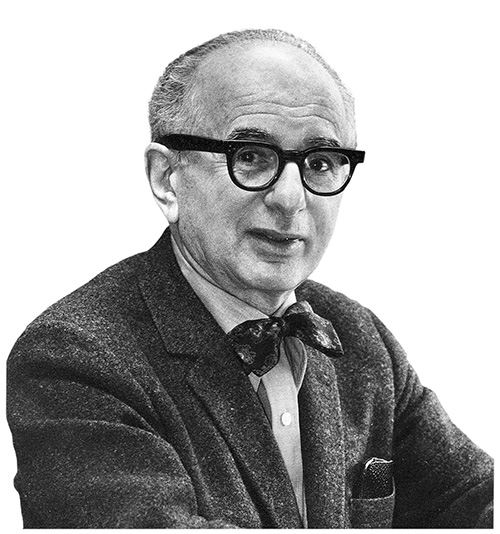
Milton Konvitz - Konvitz was born in Safed, Palestine (region currently known as Israel) in 1908, the son of a rabbi. He immigrated to the United States in 1915 and became a naturalized citizen in 1926. He received a bachelor's degree in 1929 and a law degree in 1930, both from New York University, and a Ph.D. in philosophy from Cornell in 1933. Before joining Cornell's faculty, he was one of three assistant general counsels to Thurgood Marshall at the NAACP Legal Defense Fund for three years. Konvitz was one of the founding faculty members in the School of Industrial and Labor Relations, as well as a professor in Cornell's Law School.
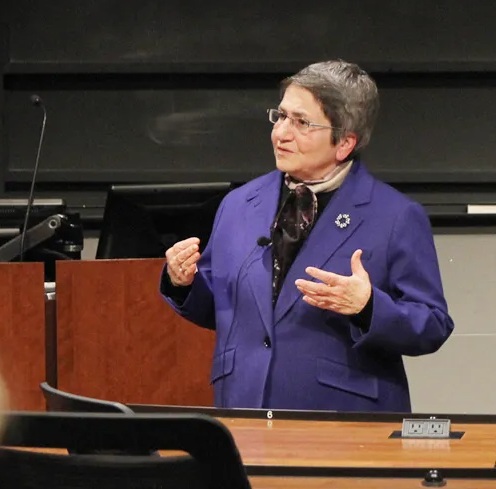 Dr. Nimat Barazangi and Dr. Muawia Barazangi were a notable presence on Cornell’s campus for over 50 years, both having immigrated from Syria. Dr. Muawia Barazangi was a senior scientist and professor at Cornell University in the Earth and Atmoshpheric Science department. His work focused on seismotectonic at regional and global scales, and initiated the development of a comprehensive Geographic Information System for the Middle East and North Africa. He mentored many students and junior faculties. He passed away in March 2022. Dr. Nimat Barazangi is a research fellow at Cornell University, with her work focusing on Muslim women and the relationship between religious and gender identities. She has been involved in many organizations, both at Cornell’s campus and nationally, that emphasize studies of the Middle East, Islam, and gender.
Dr. Nimat Barazangi and Dr. Muawia Barazangi were a notable presence on Cornell’s campus for over 50 years, both having immigrated from Syria. Dr. Muawia Barazangi was a senior scientist and professor at Cornell University in the Earth and Atmoshpheric Science department. His work focused on seismotectonic at regional and global scales, and initiated the development of a comprehensive Geographic Information System for the Middle East and North Africa. He mentored many students and junior faculties. He passed away in March 2022. Dr. Nimat Barazangi is a research fellow at Cornell University, with her work focusing on Muslim women and the relationship between religious and gender identities. She has been involved in many organizations, both at Cornell’s campus and nationally, that emphasize studies of the Middle East, Islam, and gender.
Gregory Vlastos was one of the most prominent ancient philosophy scholars who taught at Cornell from 1948-1955, returning multiple times in following years to speak. He was born in Istanbul, and studied in Constantinople before moving to the United States and continuing his education. He is cited as inspiring a revived interest in Plato, and his students have gone on to become important scholars of ancient philosophy as well. Dr. Vlastos and his wife, Vernon Abbott Ladd, were involved in the Ithaca community, hosting meetings for mothers in their child’s grade and attending birthday celebrations in the community. Mrs. Vlastos was involved in the Woman’s Alliance and was appointed chairman for their child’s grade.
.png)

